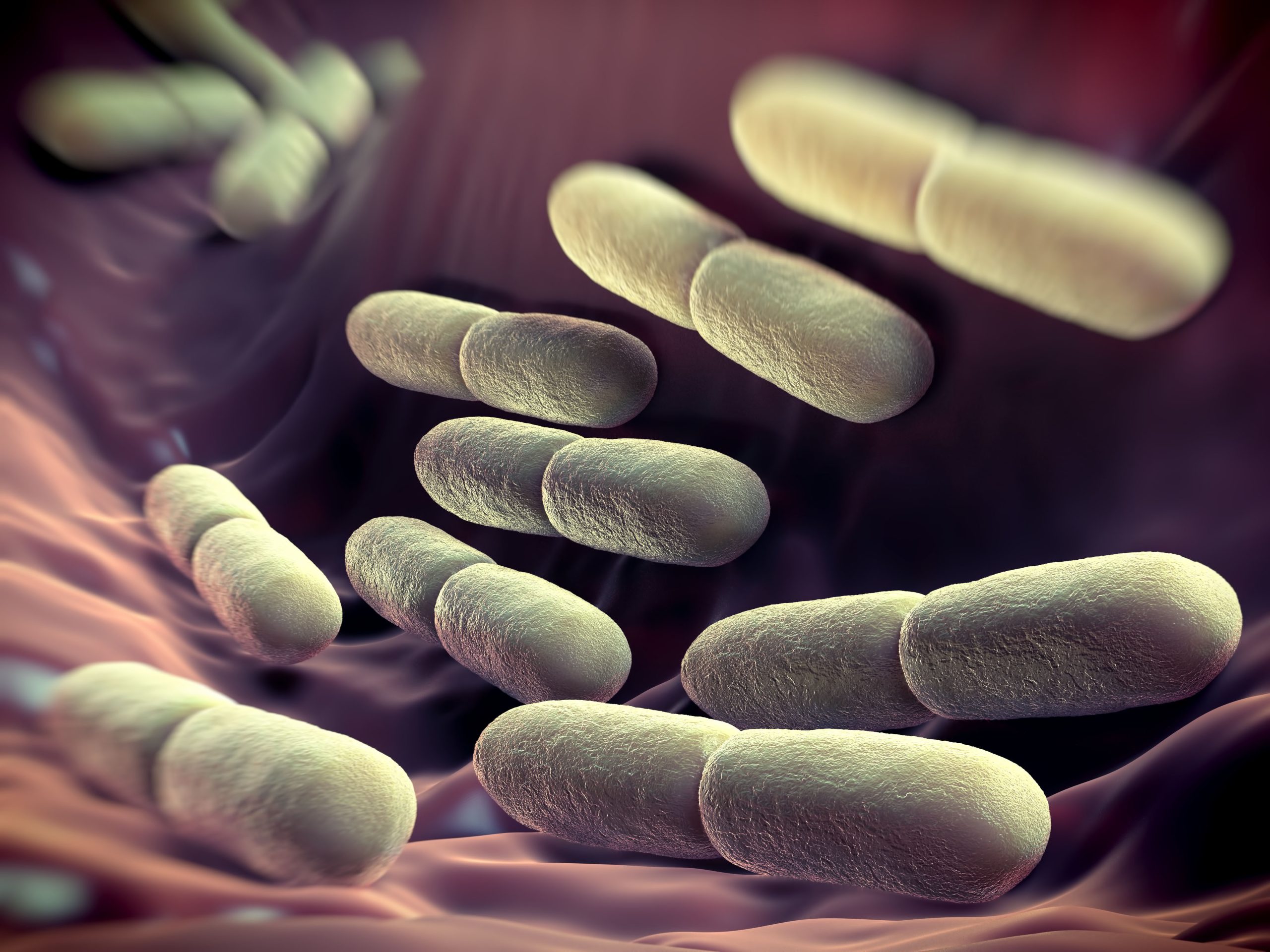With the population expected to reach 9.8 billion by 2050, there has been much debate about how to feed this global population without overstepping the planetary boundaries and accelerating global warming. It is well understood that drastic change is needed to our current food systems and transitioning human consumption patterns [1] have been identified as a key element of a more sustainable food system.
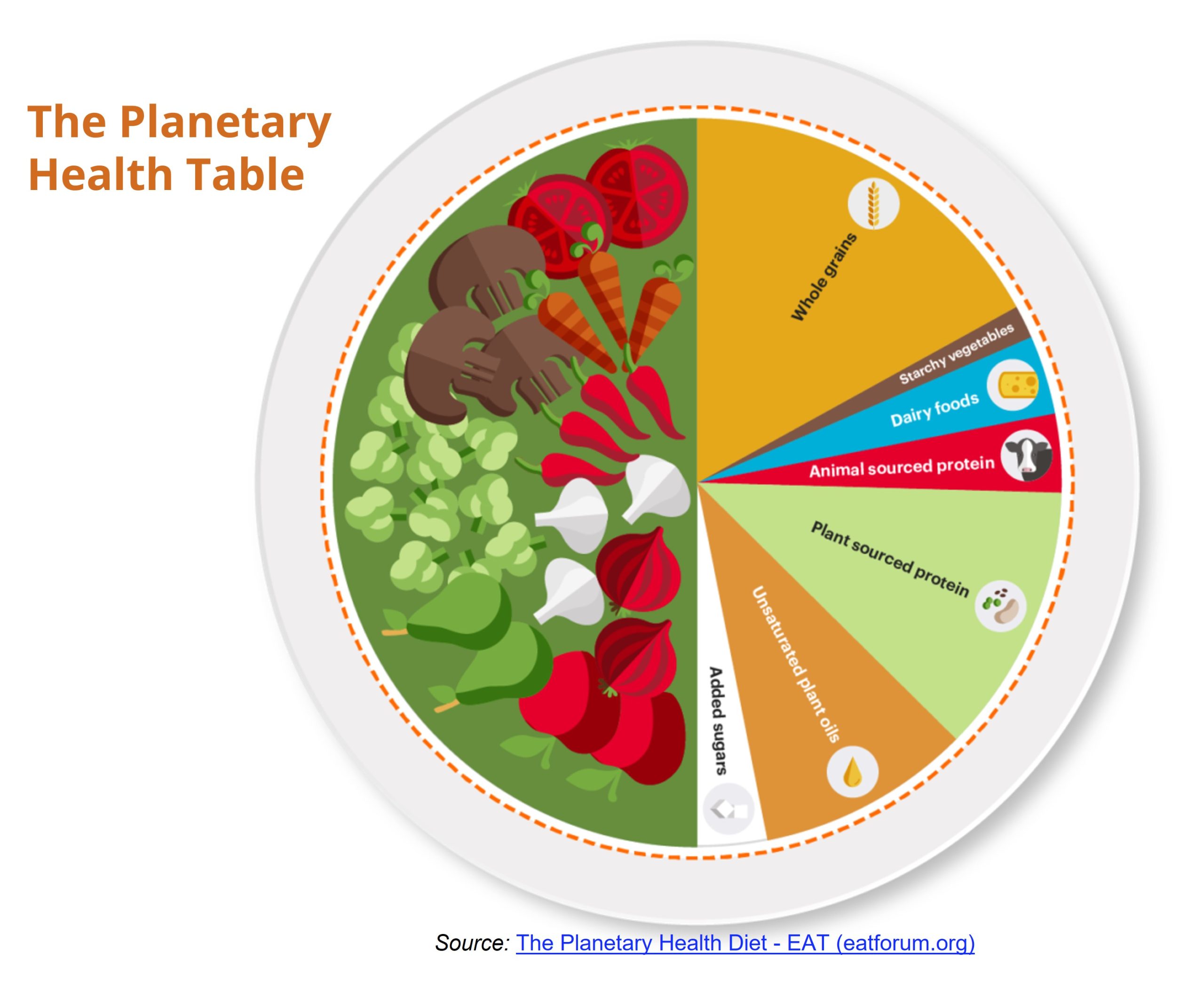 The recommendation is to transition dietary patterns from animal-based diets which contain plant products to largely plant-based diets that contain animal products. [2] According to the growing body of evidence a change in consumption patterns in line with this recommendation would considerably reduce the environmental impact of food production. [3]
The recommendation is to transition dietary patterns from animal-based diets which contain plant products to largely plant-based diets that contain animal products. [2] According to the growing body of evidence a change in consumption patterns in line with this recommendation would considerably reduce the environmental impact of food production. [3]
Reducing the environmental impact of food production and consumption is a key priority, however there may be unintended nutritional consequences of making dietary choices based solely on the environmental impacts of foods. In response to the original EAT recommendations for a planetary healthy diet, further research [4] has indicated that on the nutritional adequacy should not be assumed especially for iron, calcium and zinc.
Our diets are more complex than the individual foods they contain. Alongside environmental impacts, we must also balance nutritional adequacy, economic affordability and cultural acceptance. Cultural and traditional importance of foods is an important factor to understand when desiring to change consumer behaviour. When the characteristics of global diets are considered across multiple dimensions research suggest that the most sustainable diet from a health and resource perspective contains a diverse range of food groups, minimally processed foods, low food waste and efficient cooking methods. When compared to the average western type of diet there are come stark contrasts. [5]

Source: HEALTH AND ENVIRONMENTAL IMPACTS OF DIFFERENT DIETS | Scientific Diagram (researchgate.net)
Replacing animal derived meat and dairy foods with plant-based alternatives, either traditional or novel plant-based foods will not always provide nutrient equivalence. Some processed plant-based foods may lead to increased intake of public health sensitive nutrients such as fat, sodium and sugar. [6]
In recent years, much of the narrative has been on less animal derived foods, rather than more plant-based foods. However, if we pause and look at the main causes of death and disability adjusted life years (DALYs), according to the 2017 Global Burden of Disease study, overconsumption of salt and sugar and underconsumption of fruit, vegetables, wholegrain, oily fish and milk had high associations with negative health indicators. Low intakes of milk and calcium deficiency and over consumption of processed and red meat were identified in the top 15 indicators for death and DALYs.[7]
Overall excluding naturally nutrient dense products is a dietary trend that leads to negative health consequences.
The Significance of Dairy within Sustainable Diets
Dairy foods have an important role to play across the four dimensions of a sustainable diet: low environmental impact, nutritional adequacy, economic affordability and cultural acceptance.
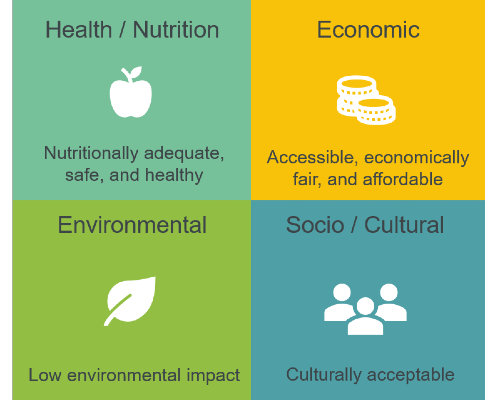
From a nutrient perspective dairy is considered to be a whole food by itself, a naturally rich source of high-quality protein, essential vitamins and minerals, notably calcium and B vitamins. As a food group dairy is included in the majority of country level dietary recommendations, approximately three serves per day, and is particularly important in the diets of children, adolescents, pregnant women and older adults for bone and muscle health.
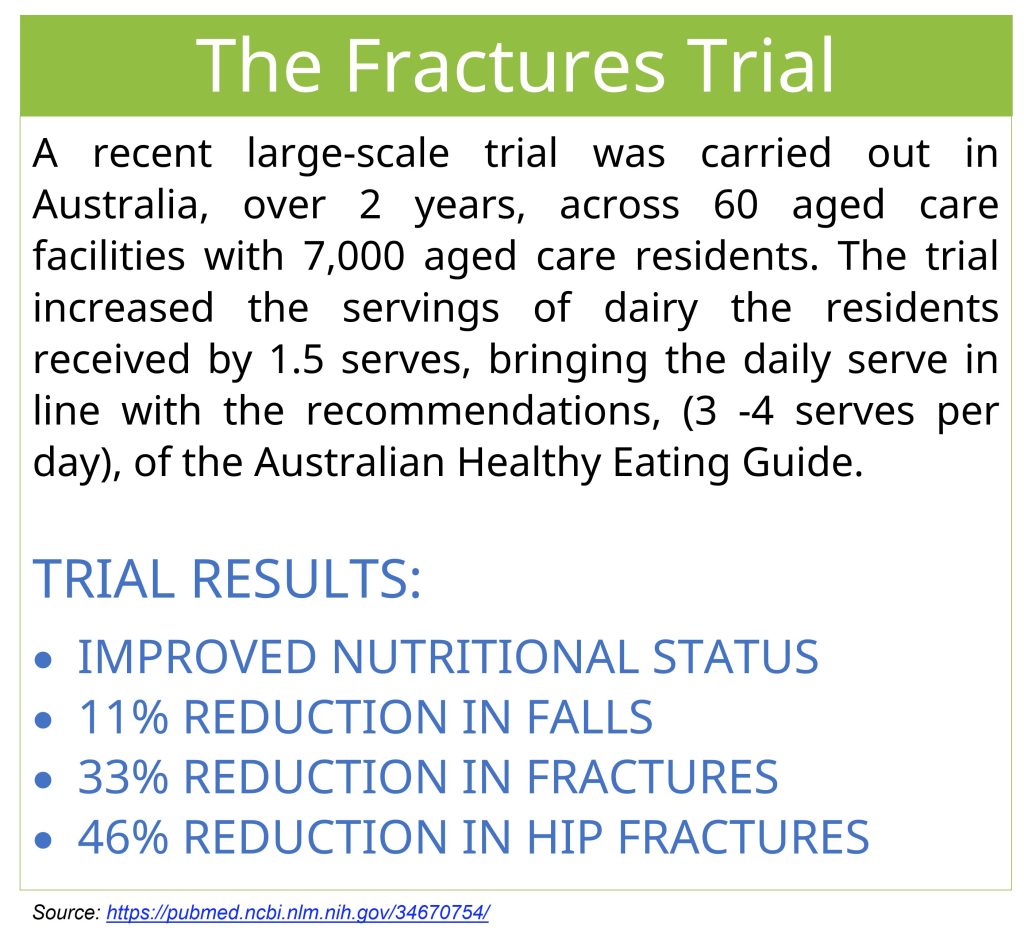 Taste and price remain the main drivers of consumer purchases, affordability is a key consideration in the transition to more sustainable diets. Achieving nutrient adequacy affordably through plant-based products alone is challenging and recent studies conducted in the US [8] and New Zealand [9] found that animal sourced foods are required for minimum cost nutritionally adequate food patterns and identified milk as a large component of the nutritionally adequate diets with the lowest cost. In lower socio -economic populations dairy provides essential protein and nutrients necessary for muscle and bones development in children and according to a recent FAO study [10], dairy consumption is associated with improved child linear growth and reduced stunting.
Taste and price remain the main drivers of consumer purchases, affordability is a key consideration in the transition to more sustainable diets. Achieving nutrient adequacy affordably through plant-based products alone is challenging and recent studies conducted in the US [8] and New Zealand [9] found that animal sourced foods are required for minimum cost nutritionally adequate food patterns and identified milk as a large component of the nutritionally adequate diets with the lowest cost. In lower socio -economic populations dairy provides essential protein and nutrients necessary for muscle and bones development in children and according to a recent FAO study [10], dairy consumption is associated with improved child linear growth and reduced stunting.
The carbon emissions associated with animal products, including dairy, have been shown to be significantly higher than plant-based alternatives when compared on a gram of product basis. The impact of the same products when compared on a calorie basis or a gram of protein basis demonstrates a smaller difference in carbon emissions. This demonstrates the importance of considering the carbon impact alongside the nutritional quality of products and in the context of whole diets rather than individual foods.
More recent studies have demonstrated that a person’s overall dietary pattern may be more impactful in terms of carbon impact and sustainability than the selection of individual foods. For example an Irish study, concluded that a culturally sustainable diet which included daily intakes of animal products and low intakes of processed foods had a lower carbon footprint than a diet that was considered nutritionally sustainable, i.e. ‘flexitarian’ style diet. A sustainable diet that meets dietary requirements for health with lower carbon emissions can be achieved without eliminating meat or dairy products or increasing the cost to the consumer. [12] , [13]
 To improve the overall impact of dairy within a sustainable diet, it is vital to reduce the carbon emissions linked with the production of dairy. the majority of these carbon emissions are generated at the farm [14], and multiple technologies and on farm interventions are now emerging to support the reduction and removal of carbon emissions across dairy production systems. For example, enteric methane inhibitors and low emission fertilisers are now available which can significantly reduce the emissions related to dairy production.
To improve the overall impact of dairy within a sustainable diet, it is vital to reduce the carbon emissions linked with the production of dairy. the majority of these carbon emissions are generated at the farm [14], and multiple technologies and on farm interventions are now emerging to support the reduction and removal of carbon emissions across dairy production systems. For example, enteric methane inhibitors and low emission fertilisers are now available which can significantly reduce the emissions related to dairy production.
Other technologies, for example precision fermentation, which look at producing dairy fats and proteins from non-dairy sources are also emerging. These technologies recognise the high nutrient value of dairy nutrient in the diet and focus on re- creating them with lower carbon impact. These technologies are promising in terms of taste and functionality, but the cost and scalability of the solutions is not yet feasible to see these products become more readily available.
Conclusion
Considering diet across a broader spectrum of influences such as availability of food, natural versus processed, affordability and culturally acceptability may provide a better indicator of sustainability rather than just comparing the carbon footprints of products in isolation.
There is a balance between reducing animal derived foods for environmental purposes and avoiding negative health implications particularly in low-income countries and low socio-economic populations, where affordability and lack of dietary diversity increases the importance of nutrient-rich dairy foods as a source of protein and essential micronutrients.
Contributor:
-
References
- Chungchunlam SMS, Moughan PJ, Garrick DP, Drewnowski A. Animal-sourced foods are required for minimum-cost nutritionally adequate food patterns for the United States. Nat Food. 2020 Jun;1(6):376-381. doi: 10.1038/s43016-020-0096-8. Epub 2020 Jun 17. PMID: 37128091.
- Chungchunlam SMS, Garrick DP, Moughan PJ. Using Linear Programming to Determine the Role of Plant- and Animal-Sourced Foods in Least-Cost, Nutritionally Adequate Diets for Adults. Curr Dev Nutr. 2021 Nov 3;5(11):nzab132. doi: 10.1093/cdn/nzab132. PMID: 34870073; PMCID: PMC8634088.
- Herrero M, Hugas M, Lele U, Wira A, Torero M Shift to Healthy and Sustainable Consumption Patterns ‐ a paper on Action Track 2 2020, The Scientific Group for the UN Food Systems Summit
- Hyland JJ, Henchion M, McCarthy M, McCarthy SN. The climatic impact of food consumption in a representative sample of Irish adults and implications for food and nutrition policy. Public Health Nutr. 2017 Mar;20(4):726-738. doi: 10.1017/S1368980016002573. Epub 2016 Sep 26. PMID: 27667716.
- Kraak VI, Consavage Stanley K. An economic lens for sustainable dietary guidelines. Lancet Planet Health. 2023 May;7(5):e350-e351. doi: 10.1016/S2542-5196(23)00075-X. PMID: 37164507.
- Iuliano S, Poon S, Robbins J, Bui M, Wang X, De Groot L, Van Loan M, Zadeh AG, Nguyen T, Seeman E. Effect of dietary sources of calcium and protein on hip fractures and falls in older adults in residential care: cluster randomised controlled trial. BMJ. 2021 Oct 20;375:n2364. doi: 10.1136/bmj.n2364. PMID: 34670754; PMCID: PMC8527562.
- Macdiarmid JI, Kyle J, Horgan GW, Loe J, Fyfe C, Johnstone A, McNeill G. Sustainable diets for the future: Can we contribute to reducing greenhouse gas emissions by eating a healthy diet? Am J Clin Nutr. 2012 Sep;96(3):632-9. doi: 10.3945/ajcn.112.038729. Epub 2012 Aug 1. PMID: 22854399.
- Perignon, M., Masset, G., Ferrari, G., Barré, T., Vieux, F., Maillot, M., . . . Darmon, N. (2016). How low can dietary greenhouse gas emissions be reduced without impairing nutritional adequacy, affordability and acceptability of the diet? A modelling study to guide sustainable food choices. Public Health Nutrition, 19(14), 2662-2674. doi:10.1017/S1368980016000653
- Santo, Raychel & Clinton, Stacia. (2017). Redefining protein: Adjusting diets to protect public health and conserve resources. 10.13140/RG.2.2.35350.24644.

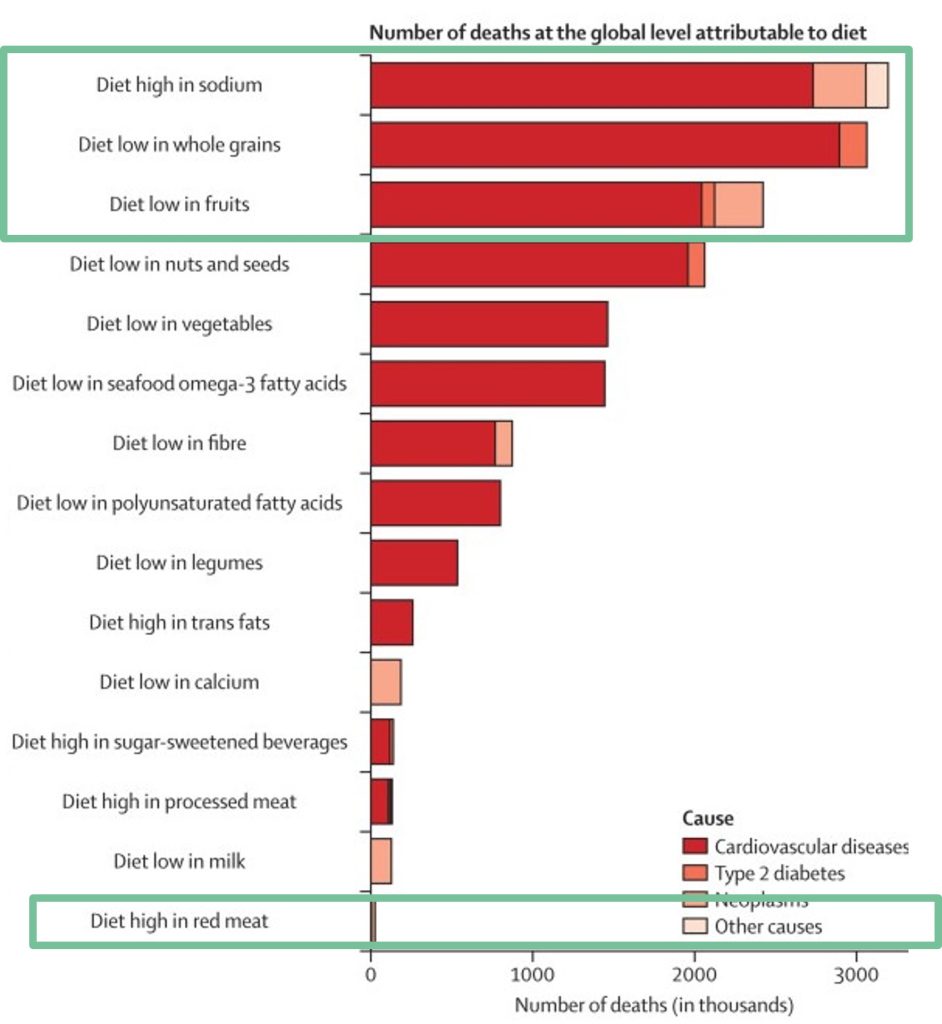
 Róisín works as a Responsible Sourcing Manager at Kerry, her role involves developing strategies for sourcing our key priority raw materials sustainably in line with Kerry’s Beyond the Horizon targets. Róisín is passionate about sustainable nutrition and food systems transformation to enhance human and environmental health and has experience working in both nutrition and sustainability roles to date.
Róisín works as a Responsible Sourcing Manager at Kerry, her role involves developing strategies for sourcing our key priority raw materials sustainably in line with Kerry’s Beyond the Horizon targets. Róisín is passionate about sustainable nutrition and food systems transformation to enhance human and environmental health and has experience working in both nutrition and sustainability roles to date. 